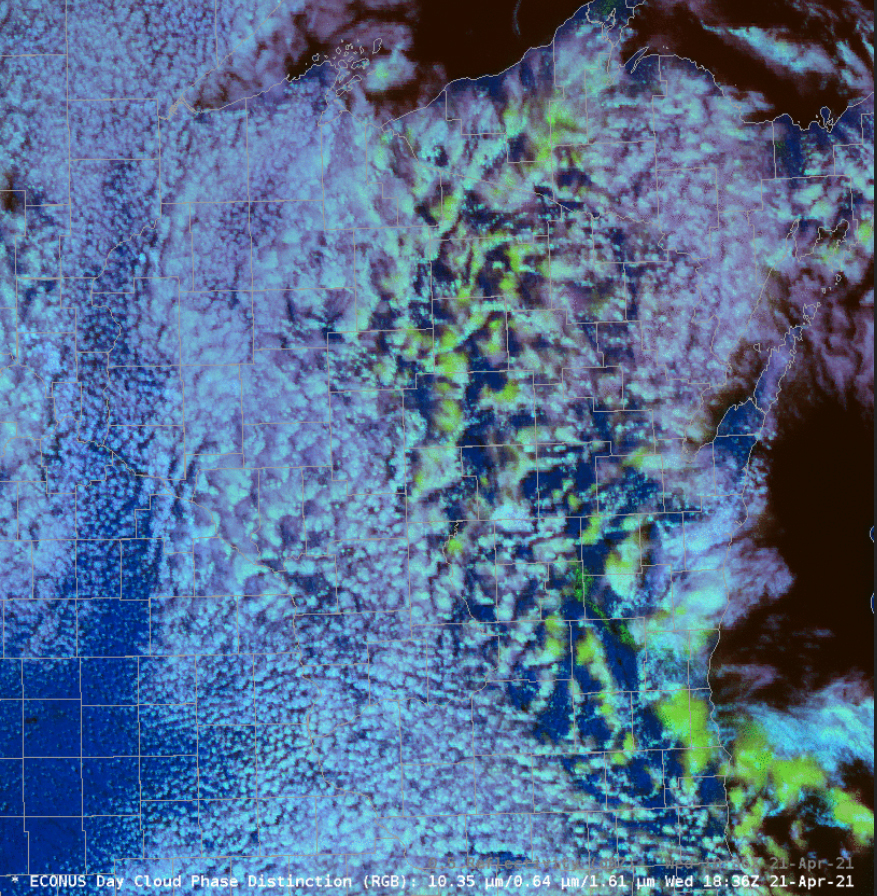Last week’s snow showers garnered their fair share of attention.
The showers were intermittent, a snowy period often followed by a break in the clouds through which an interval of sunshine prevailed. On both days this showery activity ended near or just before sundown.

The conditions that foster such behavior are interesting but not all that uncommon. The way in which the temperature of the air varies with increasing height above the ground determines the atmospheric stability. It turns out that when the difference between the surface temperature and the temperature some distance above the ground is large, the atmosphere is very susceptible to the development of showers.
Our showery days last week were characterized by air temperatures at about 3 miles above the ground that were near minus 35 degrees Celsius, while the surface temperature was about 5 degrees Celsius. That 40-degree temperature difference rendered the stratification quite unstable — especially to the ascent of saturated air.
Consequently, any initial movement upward of air bubbles near the ground resulted in those air bubbles rising freely to much higher elevation. As air rises it expands into the lower pressure environment and the expansion forces cooling which increases the relative humidity of the air. Eventually such freely rising bubbles of air produce clouds and precipitation.
The scattered nature of the snow showers resulted from the fact that the regions of ascending air just described are surrounded by sinking air on their sides. The sinking forces the air to warm and dry out — thus producing the cloud-free regions between the showers. In such cloud-free regions, the surface temperature can rise in response to sunlight, which initiates another round of ascent and cloud production.
Steve Ackerman and Jonathan Martin, professors in the UW-Madison department of atmospheric and oceanic sciences, are guests on WHA radio (970 AM) at 11:45 a.m. the last Monday of each month. Send them your questions at stevea@ssec.wisc.edu or jemarti1@wisc.edu.

